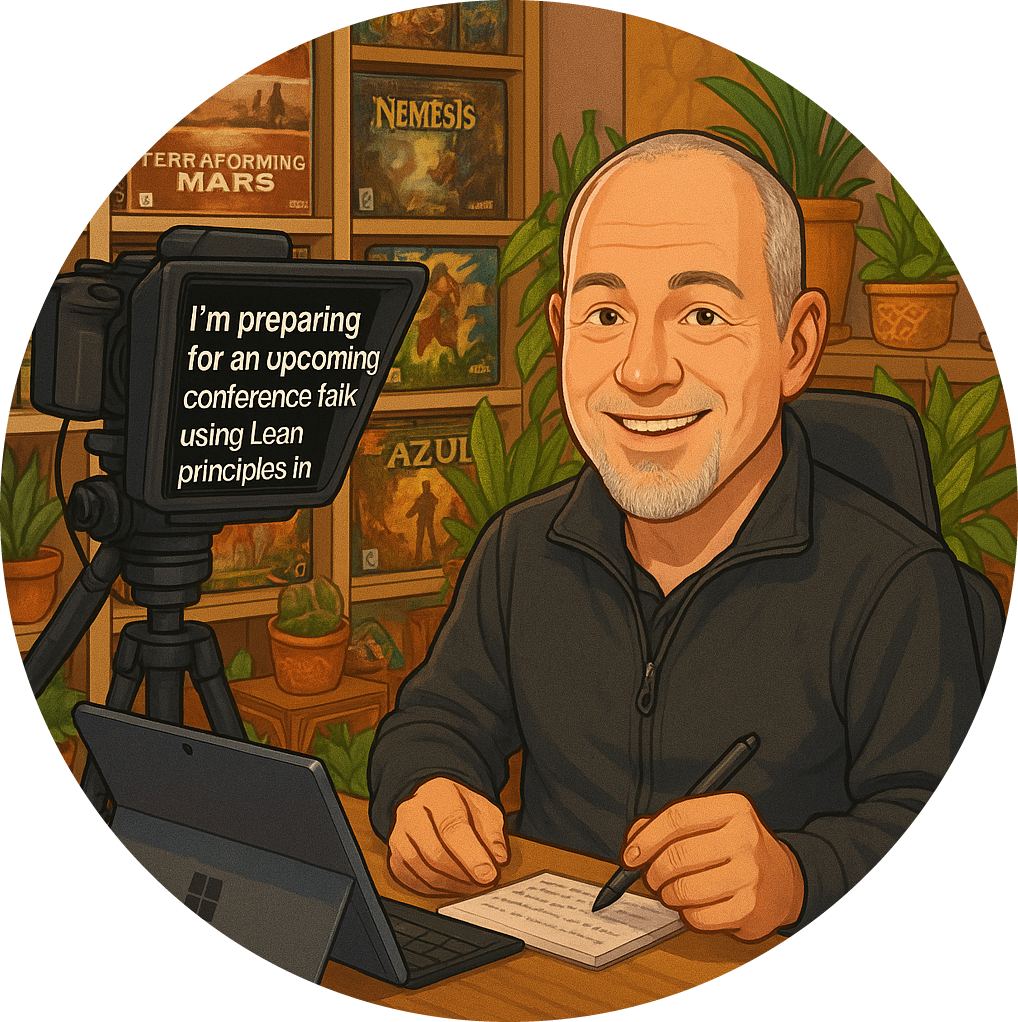As I reflect on my journey in the world of Agile, I often find myself considering the natural evolution of roles within our organisations. One role that stands out in this evolution is that of the Product Owner , particularly as they transition into more significant leadership positions. This shift is not just a change in title; it represents a deeper understanding of product management and a broader organisational perspective.
The Evolution of the Product Owner
As Product Owners gain experience and respect within their organisations, they often find themselves taking on more accountability. This is a crucial step in their professional development. Here’s what I’ve observed:
- Increased Accountability: With experience comes the ability to handle more responsibility. Product Owners are not just managing backlogs; they are becoming integral to the strategic direction of their products.
- Leadership Roles: Many Product Owners evolve into systemic leaders. They are not just focused on their product but are also influencing the culture and systems within their teams and organisations.
A prime example of this evolution is Brian Harry, the Product Unit Manager of the Azure DevOps team at Microsoft. Brian oversees a vast team of around 650 to 700 people. His role transcends traditional product ownership; he is the budget holder, the strategist, and the final decision-maker. This level of responsibility illustrates how a Product Owner can embody leadership within an organisation.
Creating a Thriving Culture
One of the most significant aspects of leadership is the ability to create an environment where a desired culture can thrive. Brian didn’t just impose a culture; he established a system that allowed it to flourish. This distinction is vital. As leaders, we must focus on creating frameworks that enable our teams to succeed rather than dictating how they should operate.
- Systems Over Control: Effective leaders understand that their role is to create systems that empower their teams. This approach fosters innovation and collaboration, essential elements in any Agile environment.
- Holistic Understanding: Transitioning from a Product Owner to a leadership role requires a broader understanding of the organisation. It’s about seeing the bigger picture and how different parts of the organisation interact.
The Next Step in Your Journey
If you’re an experienced Product Owner, consider how you can embrace this evolution. The Professional Agile Leadership Essentials course is an excellent opportunity to deepen your understanding of leadership within an Agile context. It equips you with the tools to navigate this transition effectively.
In conclusion, the journey from Product Owner to a systemic leader is a natural progression that enhances both personal and organisational growth. By embracing this evolution, you can contribute to a culture of accountability, innovation, and collaboration within your organisation.
If you found this discussion valuable, I encourage you to engage with me. I always welcome comments and conversations about Agile, Scrum , or DevOps. Feel free to book a coffee chat with me through Naked Agility. Let’s explore how we can foster leadership and agility together!



























